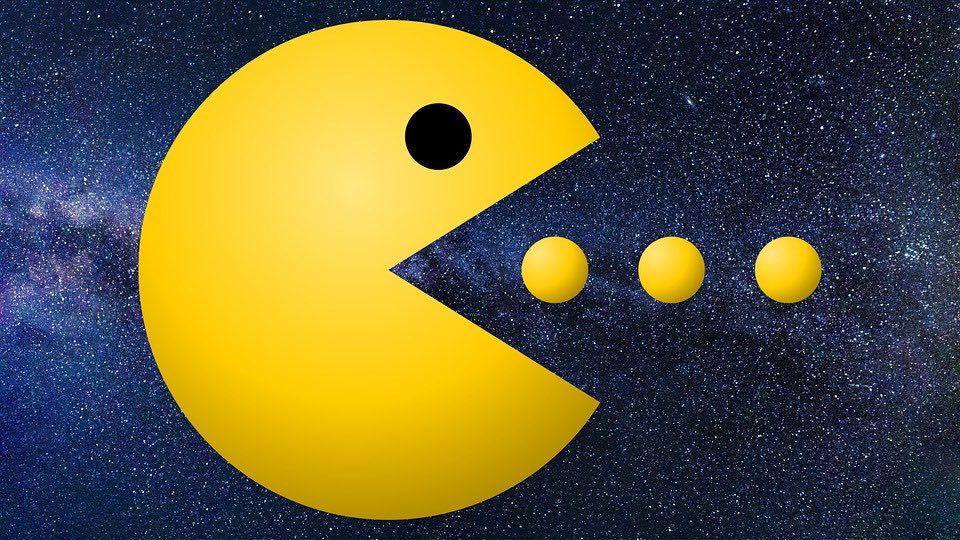
Our Pac-Man study is finally online! We trained two monkeys to play the Pac-Man game. The monkeys won juice rewards by playing the game. Most of the elements from the original game were kept: ghosts, energizers, fruits, tunnels, etc. (1/n) 
https://twitter.com/biorxivpreprint/status/1445066564449931276

With a hierarchical decision model, we show that the monkeys developed a set of strategies to simplify their decision-making and play the game. To our knowledge, this is the first quantitative study that shows animals develop and use strategies for problem solving. (2/n)
Here’s a video showing one of the example games. The big white dot indicates the monkey’s eye movements. Below the maze are shown both the monkey’s joystick movements and the model’s predictions, as well as the monkey’s current strategy estimated by the model.
Most decision-making studies in the field use rather simple decision tasks. They might not be sufficient for us to understand the full cognitive capacity of the brain, just as one wouldn’t expect to solve the visual system with gabors and bars. (4/n)
By establishing a new behavior paradigm that is both sophisticated and quantifiable, we hope to gain better understanding of the neural mechanism of cognition. Recording experiments are under the way. (5/n)
This is a team effort. Not just postdoc & grad students, many rotation/intern students contributed. The behavior analyses and modeling are done by our talented postdoc, Qianli Yang. Thought and comments are welcome. (n/n)
Here are more videos if you are craving for more😉 youtube.com/playlist?list=…
• • •
Missing some Tweet in this thread? You can try to
force a refresh



